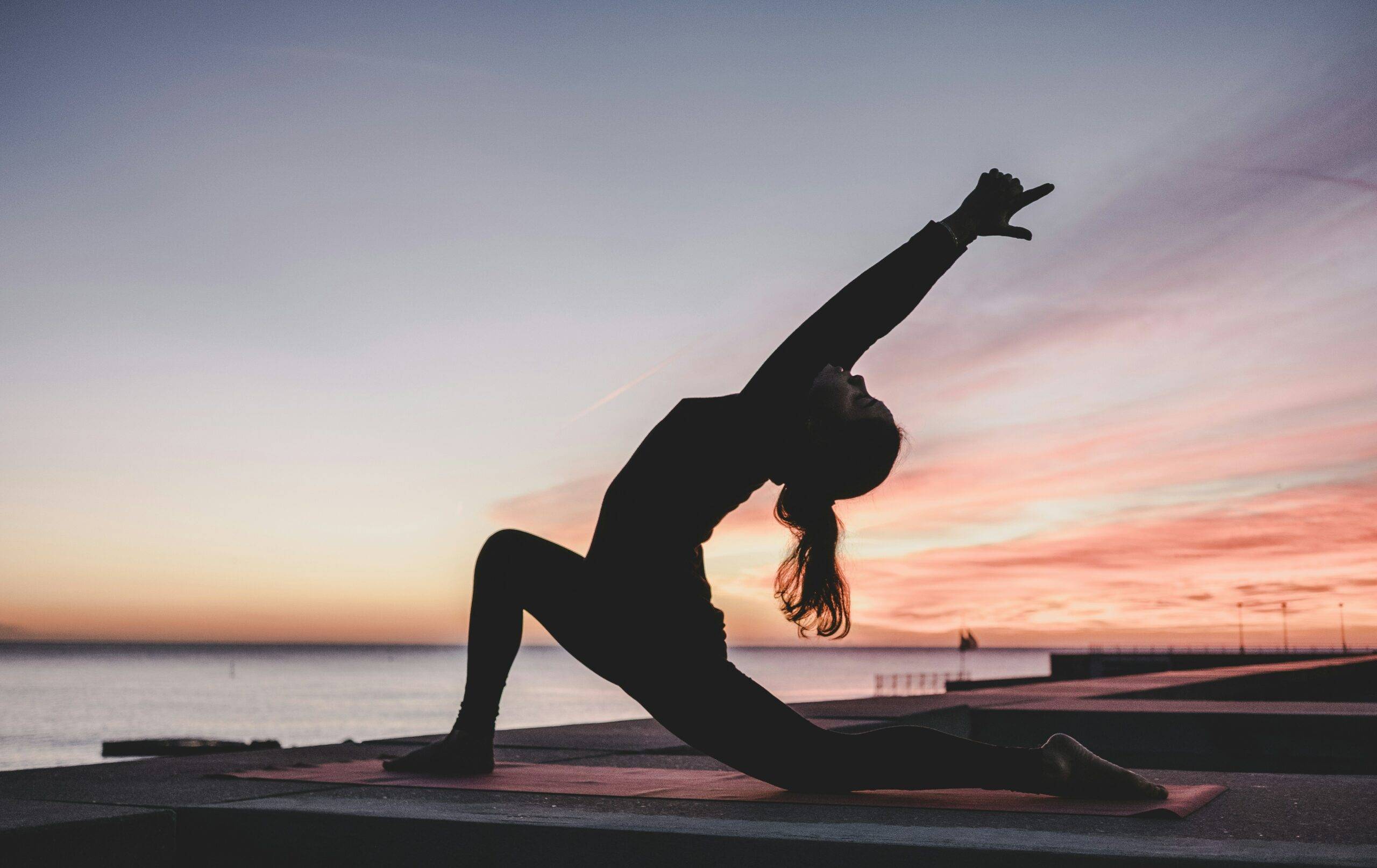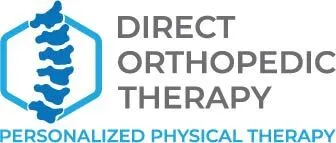
At Direct Orthopedic Therapy, we understand the unique challenges runners face in maintaining peak performance while preventing injuries. One innovative technique gaining traction in the running community is dry needling—a therapeutic approach designed to accelerate recovery and enhance flexibility. In this comprehensive guide, we’ll delve deep into the science behind dry needling, its benefits for runners, and how our specialized services can support your journey to optimal performance.
Understanding Dry Needling
Dry needling is a therapeutic procedure that involves inserting thin, sterile needles into specific points within the muscle tissue, known as myofascial trigger points. These trigger points are hyperirritable spots in the fascia surrounding skeletal muscle, which can cause pain, restrict movement, and impede performance. Unlike acupuncture, which is rooted in traditional Chinese medicine and focuses on balancing energy flow, dry needling is based on Western anatomical and neurophysiological principles. The primary goal is to release muscle tension, alleviate pain, and restore function.
How Dry Needling Works
When a needle penetrates a trigger point, it can disrupt the contracted nature of the tight muscle bands, leading to a local twitch response. This response is believed to result in several therapeutic effects:
- Neuromuscular Reset: The local twitch response can normalize the electrical activity in the muscle, reducing spasms and hyperactivity.
- Enhanced Blood Flow: Needling stimulates a local inflammatory response, increasing blood circulation to the affected area. This influx of blood brings essential nutrients and oxygen, promoting tissue repair and reducing ischemia.
- Pain Modulation: The insertion of needles can trigger the release of endogenous opioids, such as endorphins, which modulate pain perception and provide analgesic effects.
- Reduction of Chemical Mediators: Dry needling can decrease the concentration of nociceptive chemicals like substance P and calcitonin gene-related peptide, which are associated with pain transmission.
These combined effects contribute to decreased pain, improved range of motion, and enhanced muscle function, making dry needling a valuable tool for runners aiming to optimize their performance.
The Impact of Running on Musculoskeletal Health
Running, while beneficial for cardiovascular health and overall fitness, imposes repetitive stress on the musculoskeletal system. This constant impact can lead to various issues:
- Muscle Overuse: Continuous running can cause certain muscle groups to become overactive, leading to tightness and the formation of trigger points.
- Imbalances: Favoring one side of the body or improper running mechanics can result in muscular imbalances, increasing the risk of injury.
- Inflammation: Overuse can lead to inflammation of tendons and muscles, causing pain and discomfort.
- Reduced Flexibility: Persistent muscle tightness can limit joint range of motion, affecting stride length and running efficiency.
Addressing these issues is crucial for runners to maintain performance and prevent injuries.
Benefits of Dry Needling for Runners
Incorporating dry needling into a runner’s recovery and maintenance regimen offers several advantages:
1. Accelerated Recovery
By targeting and releasing myofascial trigger points, dry needling facilitates the relaxation of tight muscles, reducing pain and promoting faster recovery post-exercise. Enhanced blood flow to the treated areas ensures efficient removal of metabolic waste products and supplies nutrients necessary for tissue repair.
2. Enhanced Flexibility and Range of Motion
Tight muscles and fascia can restrict movement, leading to compensatory patterns that may cause injury. Dry needling helps release these restrictions, improving flexibility and allowing for a more natural and efficient running gait.
3. Pain Reduction
Chronic pain from conditions like plantar fasciitis, iliotibial band syndrome, or shin splints can hinder a runner’s training. Dry needling can alleviate pain by deactivating trigger points and reducing local inflammation, enabling runners to continue their training with minimal discomfort.
4. Correction of Muscular Imbalances
By addressing overactive or inhibited muscles, dry needling aids in restoring balance to the musculoskeletal system. This correction enhances overall movement patterns, reduces undue stress on joints, and lowers the risk of injury.
5. Prevention of Overuse Injuries
Regular dry needling sessions can serve as a preventive measure by maintaining muscle health, flexibility, and function. By keeping muscles supple and free from adhesions, runners can reduce the likelihood of developing overuse injuries.
Common Running Injuries Addressed by Dry Needling
Dry needling has proven effective in managing several running-related injuries:
Plantar Fasciitis
Characterized by pain in the heel and bottom of the foot, plantar fasciitis results from inflammation of the plantar fascia. Dry needling can release tension in the calf muscles and intrinsic foot muscles, reducing strain on the plantar fascia and alleviating pain.
Iliotibial Band Syndrome (ITBS)
ITBS manifests as pain on the outside of the knee, often due to tightness in the iliotibial band. Dry needling targets trigger points in the tensor fasciae latae and gluteal muscles, reducing tension in the IT band and relieving discomfort.
Shin Splints
Medial tibial stress syndrome, commonly known as shin splints, involves pain along the inner edge of the shinbone. Dry needling can address tightness in the calf muscles and other associated musculature, promoting healing and reducing pain.
Hamstring Strains
Hamstring injuries are common among runners, leading to pain and stiffness in the back of the thigh. Dry needling helps release tightness and trigger points within the hamstring muscles, facilitating recovery and preventing re-injury.
Achilles Tendinopathy
This condition involves degeneration of the Achilles tendon, causing pain and stiffness at the back of the heel. Dry needling has emerged as a promising intervention for various tendinopathies, including Achilles tendinopathy. This condition involves degeneration of the Achilles tendon, leading to pain and stiffness at the back of the heel.
Integrating Dry Needling into a Runner’s Training Regimen
To maximize the benefits of dry needling, it’s essential to integrate it thoughtfully into your training and recovery routine.
Pre-Run Preparation
While dry needling is primarily used for recovery and rehabilitation, some runners find that sessions targeting chronically tight areas can improve muscle activation and flexibility before a run. However, it’s crucial to consult with a qualified therapist to determine the appropriateness and timing of such interventions.
Post-Run Recovery
After intense training sessions or races, muscles can develop tight bands and trigger points due to microtraumas and overuse. Scheduling a dry needling session post-run can help:
- Release Muscle Tightness: Addressing trigger points promptly can prevent the development of persistent pain patterns.
- Enhance Circulation: Improved blood flow facilitates the removal of metabolic waste products and supplies nutrients essential for muscle repair.
- Reduce Delayed Onset Muscle Soreness (DOMS): By alleviating muscle tension, dry needling may decrease the severity of DOMS, allowing for quicker return to training.
Injury Rehabilitation
For runners recovering from injuries such as hamstring strains or Achilles tendinopathy, dry needling can be an integral component of the rehabilitation process. By targeting affected muscles and tendons, it aids in:
- Reducing Pain: Deactivating trigger points diminishes nociceptive input, leading to pain relief.
- Restoring Function: Improved muscle flexibility and reduced tension contribute to normalized movement patterns.
- Accelerating Healing: Enhanced blood flow and the promotion of local healing responses expedite tissue repair.
Maintenance and Injury Prevention
Regular dry needling sessions can serve as a preventive measure, maintaining muscle health and flexibility. By addressing minor issues before they escalate, runners can reduce the risk of overuse injuries and sustain optimal performance levels.
Safety Considerations and Potential Side Effects
Dry needling is generally considered safe when performed by trained professionals. However, as with any therapeutic intervention, there are potential side effects and considerations to keep in mind:
- Soreness: It’s common to experience muscle soreness in the treated area, typically resolving within 24 to 48 hours.
- Bruising: Minor bruising can occur due to the needle insertion.
- Fatigue: Some individuals report feeling fatigued after a session.
- Fainting: Although rare, some people may feel lightheaded or faint during or after the procedure.
To minimize risks:
- Choose a Qualified Practitioner: Ensure that the therapist is certified and experienced in dry needling techniques.
- Communicate Openly: Discuss any medical conditions, medications, or concerns with your therapist prior to the session.
- Post-Session Care: Follow any aftercare instructions provided, such as gentle stretching, hydration, and avoiding strenuous activities immediately after treatment.
If you experience severe pain, prolonged discomfort, or signs of infection (such as redness, swelling, or fever) after a session, contact your healthcare provider promptly.
How Direct Orthopedic Therapy Can Help
At Direct Orthopedic Therapy, we specialize in providing personalized care to runners seeking to enhance their performance and recover from injuries. Our approach to dry needling is tailored to meet the unique needs of each runner, ensuring optimal outcomes.
Comprehensive Assessment
We begin with a thorough evaluation of your musculoskeletal health, running mechanics, and training regimen. This assessment allows us to identify areas of muscle tightness, trigger points, and potential imbalances contributing to discomfort or injury.
Customized Treatment Plan
Based on our assessment, we develop a treatment plan that may include:
- Targeted Dry Needling: Focusing on specific muscles and trigger points to alleviate tension and pain.
- Manual Therapy: Complementary techniques to enhance tissue mobility and function.
- Rehabilitation Exercises: Strengthening and flexibility exercises to address imbalances and prevent future injuries.
- Education: Guidance on proper running form, training modifications, and self-care strategies to support long-term health.
Ongoing Support
We are committed to your continuous improvement and injury prevention. Our team provides ongoing support, monitoring your progress and adjusting your treatment plan as needed to ensure sustained benefits.
By integrating dry needling with a holistic approach to care, Direct Orthopedic Therapy empowers runners to achieve their performance goals while maintaining musculoskeletal health.
Accelerate Your Journey Today
If you’re a runner seeking to enhance your performance, recover from an injury, or prevent future issues, consider exploring the benefits of dry needling with our expert team. Contact Direct Orthopedic Therapy today to schedule a consultation and take the next step toward achieving your running objectives.


